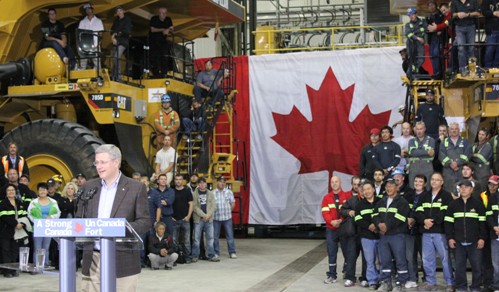Visit his Northern Economist Blog at http://ldimatte.shawwebspace.ca/.
One of the analytical tools used in economic history to assess the impact of an economic event is the counterfactual. How different might the world be if an event had not occurred, and instead, an alternate economic reality occurred? The comparison is between the world today and the world as it might be.
I ask this question in the context of the Far North Act because of its potential impact on the future economic development of Ontario’s North and particularly the economic opportunities for the First Nations in the Far North.
While put forward as a process for community-based land use planning and development, the Far North Act is also setting aside from development an interconnected area of conservation lands of at least 225,000 square kilometres — an area that is about 20 per cent of the landmass of Ontario. To put it into context, it is an area about twice the size of southern Ontario — which represents only about 10 per cent of Ontario’s land mass.
The Far North is vast and potentially rich in economic resources. Its exploitation could serve as a source of economic development for a region that has been chronically depressed over the last few decades. While one might argue that the North is so vast that 20 per cent of its land is not really a significant amount, the fact is we do not know if the most valuable or least valuable parts of the region in terms of resource potential will be sequestered.

























